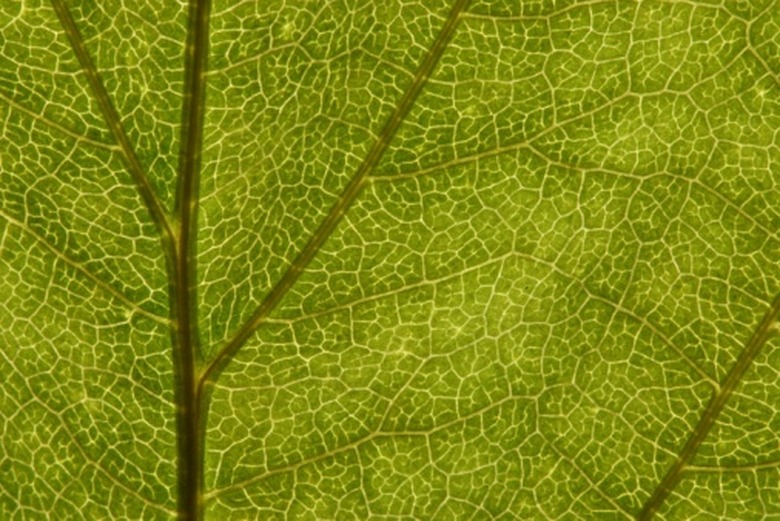Physical Address
Suite 5, 181 High Street,
Willoughby North NSW 2068
Physical Address
Suite 5, 181 High Street,
Willoughby North NSW 2068

Plant cells and animal cells are similar in many ways, but also different in others. Plant cells can photosynthesize, for example, while animal cells cannot. One of the important differences between plant and animal cells involves structures called flagella.
Flagella are tail- or whip-like structures that protrude from some animal cells. The most familiar example is probably the exceptionally long flagellum found on sperm cells. By lashing to and fro, the flagellum drives the cell forward and powers its motion.
Most plant cells lack flagella; they have no need to move and hence no need for this means of propulsion. Some plant species, however, produce flagellated sperm that can swim through water to reach the egg. Consequently, plant cells typically lack flagella, although plant sperm cells are flagellated.
According to a 2001 article in the journal “Plant Physiology,” the ancestors of modern plants are believed to have been flagellated. Plant cells lost the ability to assemble flagella during their evolution.